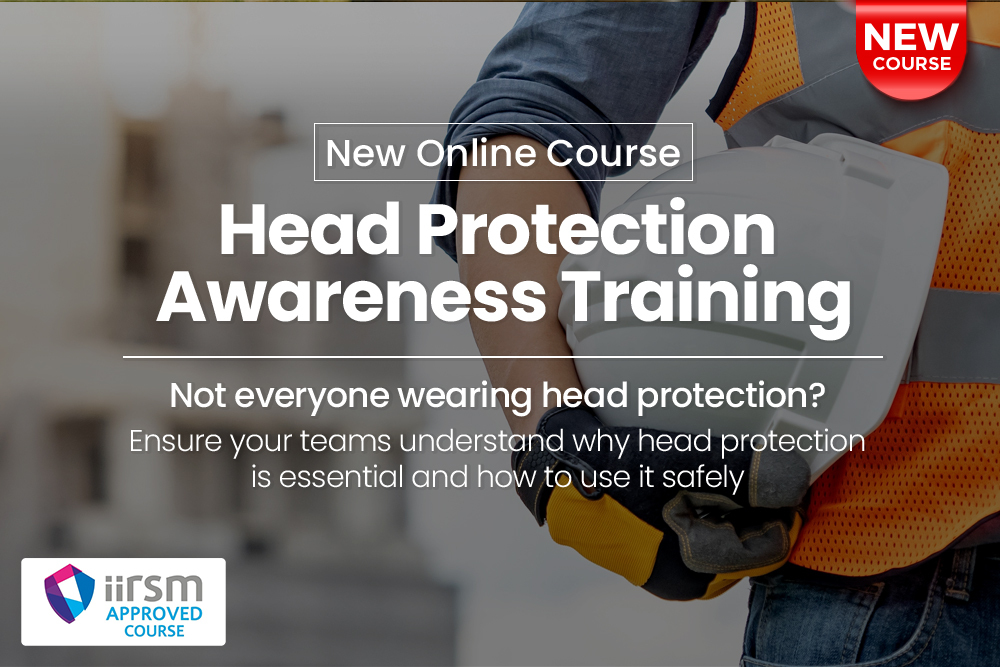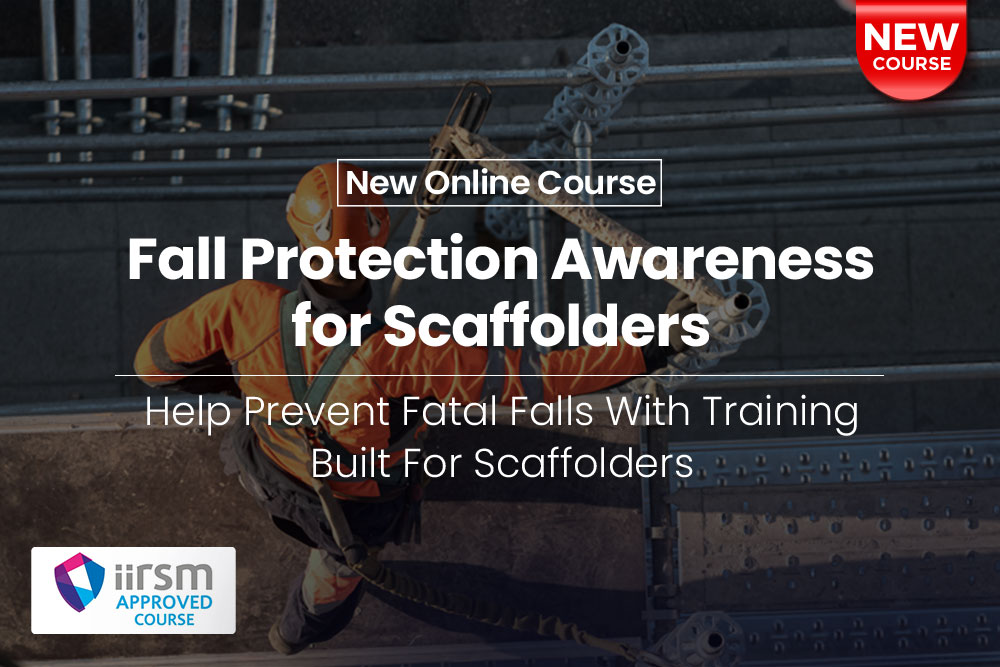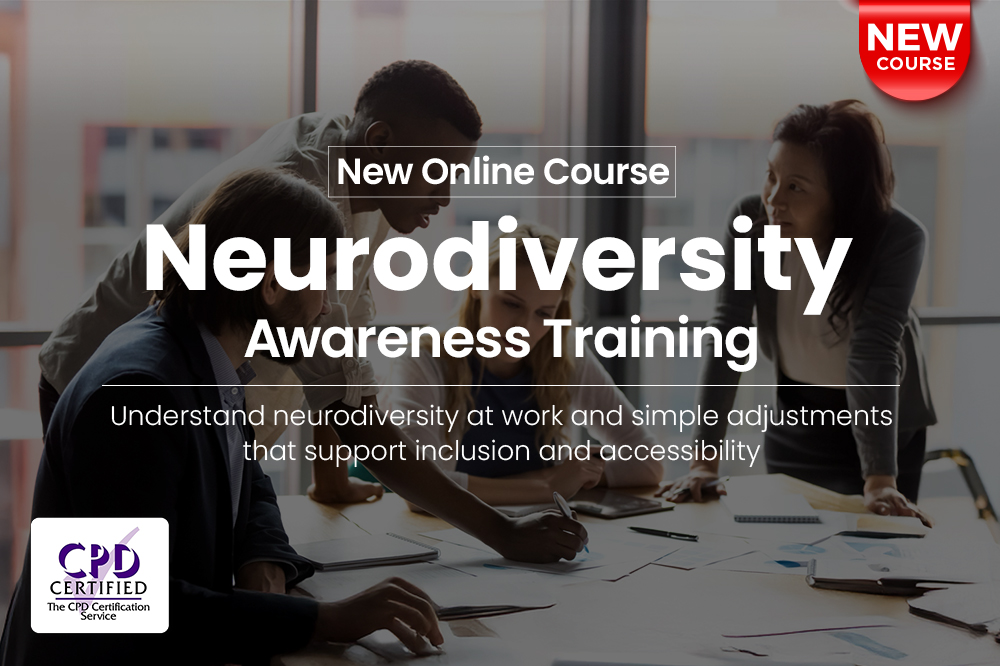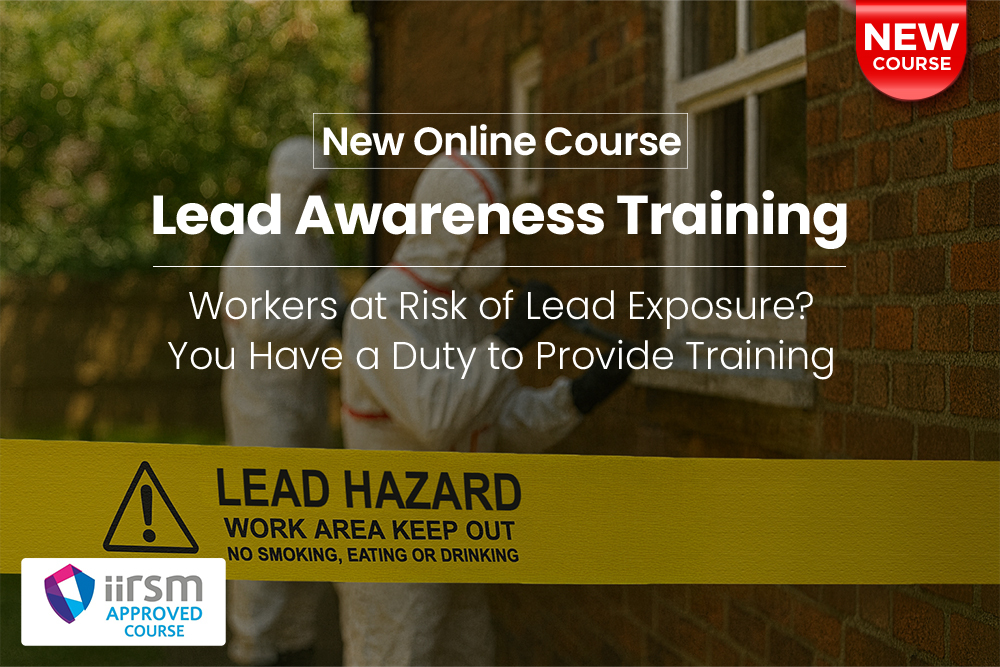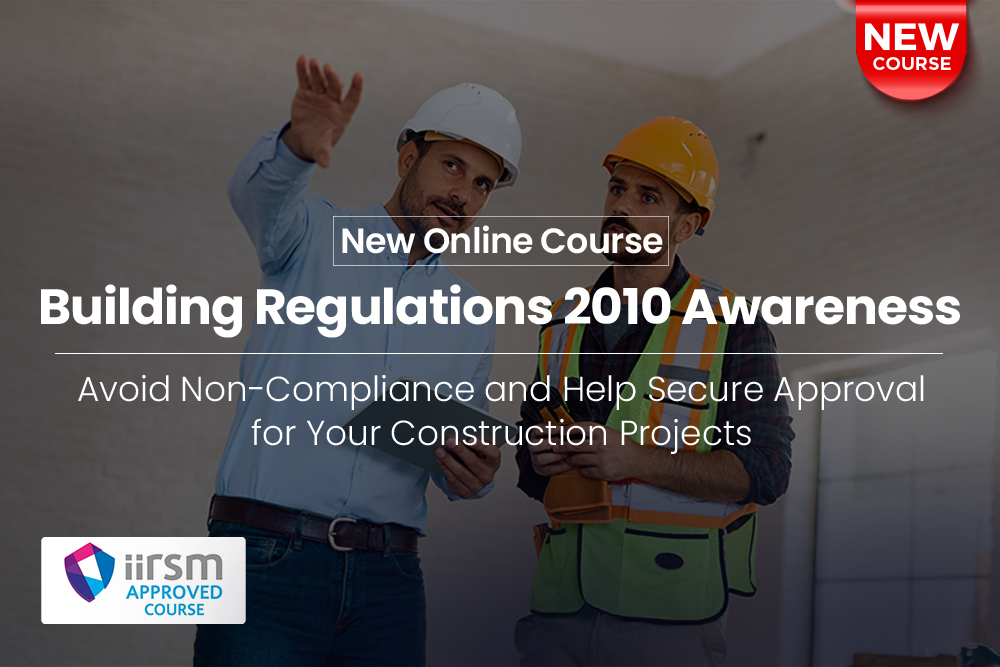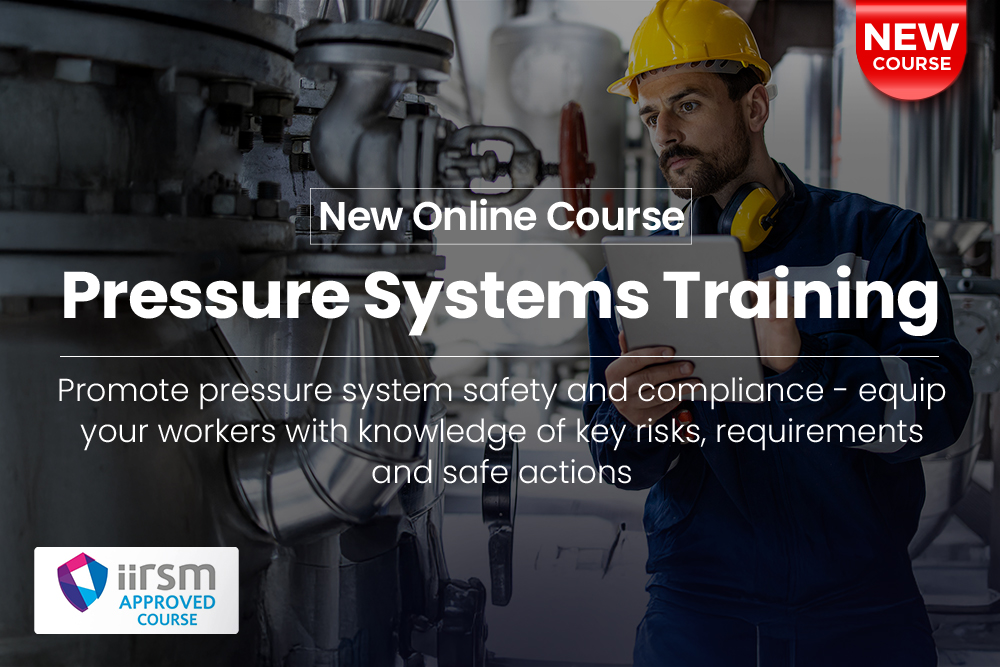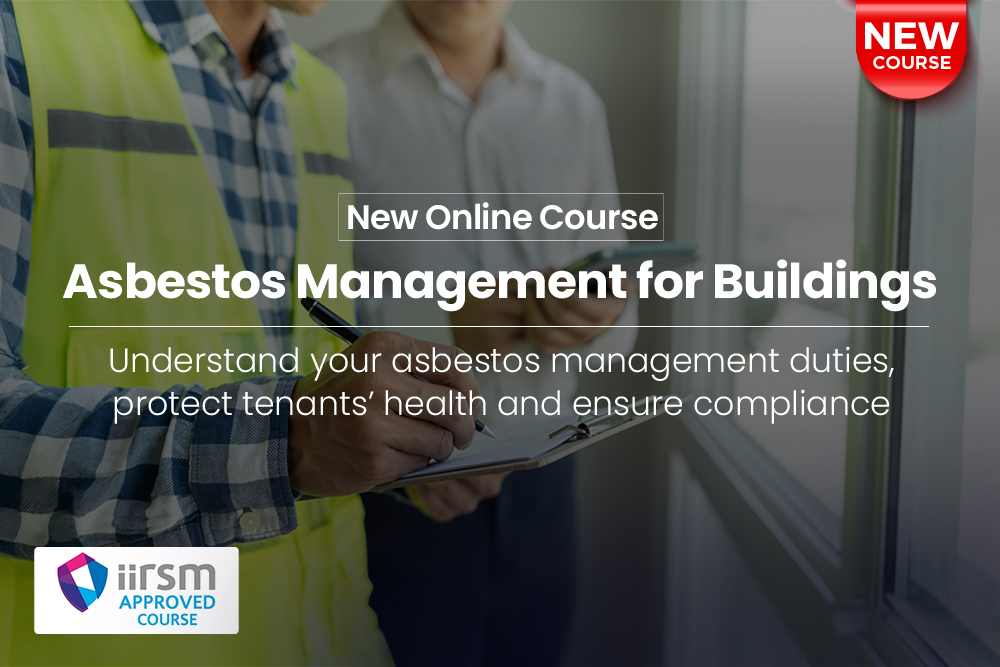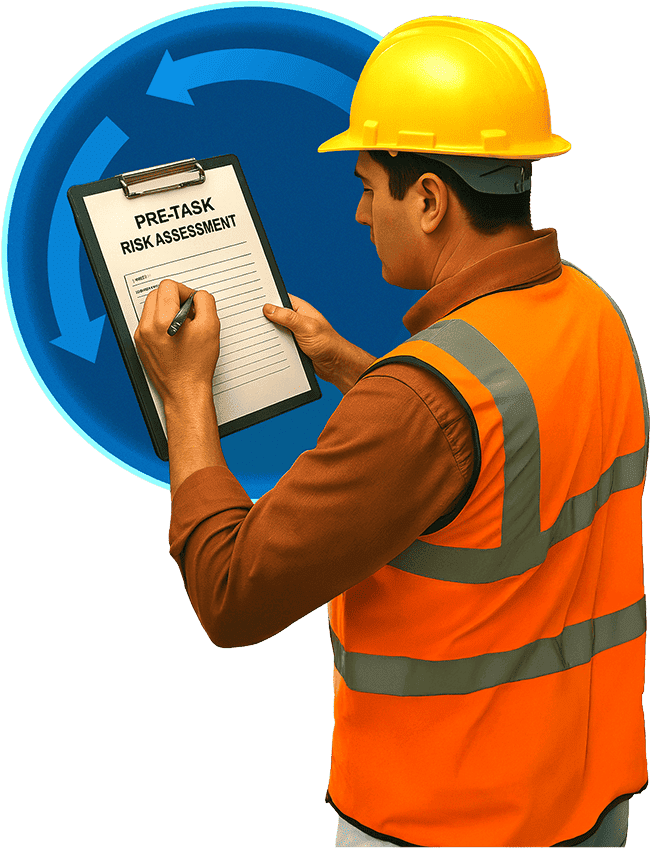
In my first article, I told the story of a group of call centre staff who underwent training to deal with violent people. They were given a set of skills that enabled them to use force to hurt a would-be aggressor – even though their work issue was one of verbal abuse and not physical violence.
I also shared my very first training course experience in the use of Control and Restraint and how rather than reduce the likelihood of violence, by enabling participants to remain safe, it had, at times the complete opposite effect.
It turned some good people into what I call ‘Ninjas’, Fighters who would enthusiastically want to get ‘stuck in’ when a situation was developing and turn it into a full-blown violent incident with the need to use restraining techniques.
That is when training in aggression and violence has absolutely failed. It has failed the people who the employee has a duty of care towards and it has also failed to provide a safe system of work for the employees.
Previously, I have also identified how employers can recognise and meet their own training needs. I explained the simple pathway that good employers need to follow when the threat of violence has been risk assessed. This leads to an informed training needs analysis which in turn should result in a training provision that matches the assessed risk.
What makes a good trainer?
I have in my extensive years of employment encountered some fabulous training courses, brilliant trainers, a fair few mediocre providers and several trainers who are so incompetent, they are dangerous.
Good trainers need to be able to communicate at many different levels. They need to be able to instil a sense of enthusiasm to the course, but most of all, they need to know their subject, be confident, be safe and also be honest.
One of the first real lessons in life as one matures and maybe becomes a manager, supervisor or a trainer, is that you cannot run with the hares and the hounds.
In other words, you cannot be everybody’s ‘mate’ all the time. Especially if you have to make decisions that are unpopular with your colleagues which may result in negative feedback or result in a serious injury on a course.
A good trainer will know that there are boundaries that must be respected, maintained and protected to preserve the integrity of the trainer and the integrity of the course.
What good training looks like
From 1995 until 2000, I was employed as a trainer of trainers in managing aggression and violence in the workplace. It was a tough course, both academically and physically with university validation.
When training trainers there are really important factors that must not be neglected. It is not good enough to have the trainees be just competent or average. They must be exceptional because they are going to train employees to a standard that must be maintained.
Ensuring trainees meet minimum competence level
For training to succeed, assessments need to be rigorous and detailed to ensure that they are going to continue training to the level you have set. It is not enough for would be trainers to understand concepts, they must also recognise that they are going to have to be able to explain what they have learned in a way that is both meaningful and memorable.
The importance of having a course with an aim and learning outcomes is fundamental. Yet I have seen courses that completely lack these two critical factors resulting in an unstructured, incoherent salad with obscure, ambiguous outcomes and inconsistent assessments – assuming any form of assessments take place at all!
Nobody likes to fail a training course. But if there are critical competencies to be had then it is vital that the course participant is properly assessed. A good trainer will devise sound, objective assessment methods that are clear, achievable and measurable.
If they are measurable then participants will meet a minimum standard of competence. If not, they are not competent and must be referred to be re-assessed with feedback into where they were they went wrong and what they need to do to get it right next time around and there must be a re-assessment date reasonably set.
What happens when it’s done poorly
A course where everybody passes no matter how much a person chooses to participate (or not) reflects badly on the course and the trainer too.
When a person returns to the workplace after undergoing a training course with poor learning outcomes and poor standards of integrity, there is a chance they are going to reflect such negatives in their subsequent encounters with people who may be aggressive or hostile. This may become manifest by the person who swears back at a client or even worse who over reacts when challenged and retaliates physically with really dangerous, not to mention possibly catastrophic consequences.
A good trainer must always consider that if an employee behaves provocatively, aggressively or violently to a situation that only needed some calming words, they may be asked why they over reacted and then the simple riposte will be: ‘That’s what I was shown on my training course!’
When a course participant is simply not suitable for the course…and the job!
Some years ago, whilst working for a care provider in London, I was teaching breakaway techniques – methods to escape or dis-engage from an aggressive person who may have grabbed hold of a hand, clothes or even the neck.
One particular participant wasn’t satisfied with just breaking away from the ‘aggressor’ (a colleague on the course). This trainee needed to utter sharp yelping cries and adopt an extremely hostile posture with his fists. This was not just outside of the course curriculum, it was proving to be really intimidating for his terrified partner for the session.
Eventually I asked him why he was adding his own ‘style’ to the exercises. He delivered the following explanation: ‘Well you see pal, I’m a trained killer and that’s what I am and if someone gets too close to me then…bang!’
He was serious.
Worryingly this guy was employed as a support worker for vulnerable young people on the Autistic spectrum. I reminded him that he was no longer in the secret service. And that he was going to be helping and caring for people who may get too close and may grab his clothes.
I finally suggested that his ‘skill set’ did not fit into such an environment and I would need to speak to his manager. ‘No need’ he reassured me, ‘I’m too good for this kind of work and your training is s**t.’
Thankfully he did leave.
You don’t need to know everything
Remember, as a trainer you should not be expected to know everything about your subject. But it’s how you respond to a difficult question that differentiates an experienced trainer from a novice.
Whilst it’s good to be honest and not try to blag your way deep into a hole, it is also important to have a strategy to use that will not make your confidence and perceived credibility evaporate.
Rather than say, ‘I don’t know…sorry’ or a similar submission. Try a response that goes along the lines of: ‘That’s a really good question. Can I get back to you later?’
It’s a rhetorical question, you are saying I’ll come back with an answer later. Then you can check your notes or Google the answer and later ask, ‘who was it who was asking about…’ Whatever it was allows you time and preserves your credibility and you are initiating the response, as promised.
Designing training that is commensurate with the identified risk
Working within a learning environment there was often what was called a Curriculum Planning Team made up of trainers, health and safety advisors, managers, customers and/or service users. Other employers may call them focus groups. They are important to maintain standards and relevance of the training.
The aim of any good training course, is to deliver a skill set that will enable employees to address hazards that impact on their abilities to work safely without risk of injury to their clients or themselves.
However, underpinning the training course must always be evidence of research, good knowledge and best practice.
Too often training courses are delivered with little or no supporting evidence. This reduces the quality of the training to an anecdotal, opinion driven programme.
Does violence and aggression online training work?
Once upon a time training was only ever face to face in a classroom or practical placement. This allowed for theory and practice to be delivered and assessed using a hands-on approach. This has how it has been in the area of violence and aggression since the mid-1980s and certainly since 1996 when violence became a recognised health and safety issue.
However, over the past 15 years, there is growing evidence that violence and aggression training online can offer a different and sometimes even better approach for some elements of this subject area.
Different learning for different people
As we all learn in our own individual way, some people like to be fed facts and information others prefer to reflect, to read up and analyse information. Others like experiential learning – through experience using interactive methods and even role play situations.
The fact is each method of training has a crucial role in helping employees to understand why violence can happen, how it can be escalated or de-escalated and how to avoid injury or intervene to protect oneself or another.
Online learning during Coronavirus
The Covid-19 pandemic has radically altered our lives in almost every way. Work, leisure, travel and training have changed dramatically and quite possibly for ever.
The demand for good online, interactive training is growing and as a significant portion of the working population discover that working away from an office is a feasible option, so too will the need for training in aggression and violence to adapt and evolve.
Areas where online health and safety training succeeds
Good violence and aggression training online is interactive, thorough, effectively monitored and evaluated. This is the way forward and has proved to be extremely effective in the delivery of training in the following areas of aggression and violence:
- Risk assessment training
- Understanding triggers of violence
- Legal aspects of violence and aggression – what the law says employers and employees can and must do
- The de-escalatory process – how to defuse a situation using AIRTLP
- When to talk and when to walk. In other words, there are occasions when no matter what you are trying to say to soothe or appease a person, they are not responding. Then it may be time to escape
- Post incident support. Supporting colleagues who may have been threatened or even assaulted, including Mental Health First Aid.
What about training techniques that involves physical contact
The teaching of breakaway techniques or restrictive physical interventions (restraint) have traditionally been best served using face to face interactive and role play scenarios.
However, in the near future there is likely to be technology development that may well make the teaching of physical, dexterous exercises possible.
When assessing a person applying a hold or a disengagement technique it is difficult to monitor the amount of torque, strength or pressure being used unless the trainer is physically present.
What makes good training
Training should be relevant, appropriate and up to date. It should be challenging, engaging and where it is safe… fun. It should not be a source of fear or dread. One trainer I knew of, used to bring a walking stick into the training room and every now and then suddenly bang it onto the table! It induced absolute fear in his participants. A disaster, but a great example of how not to train people in aggression and violence.
Ultimately it is also really important to remember that there is only one thing worse than being injured in the workplace and that is to be injured on a training course designed to protect employees from being injured in the workplace!




























































































































































































































































